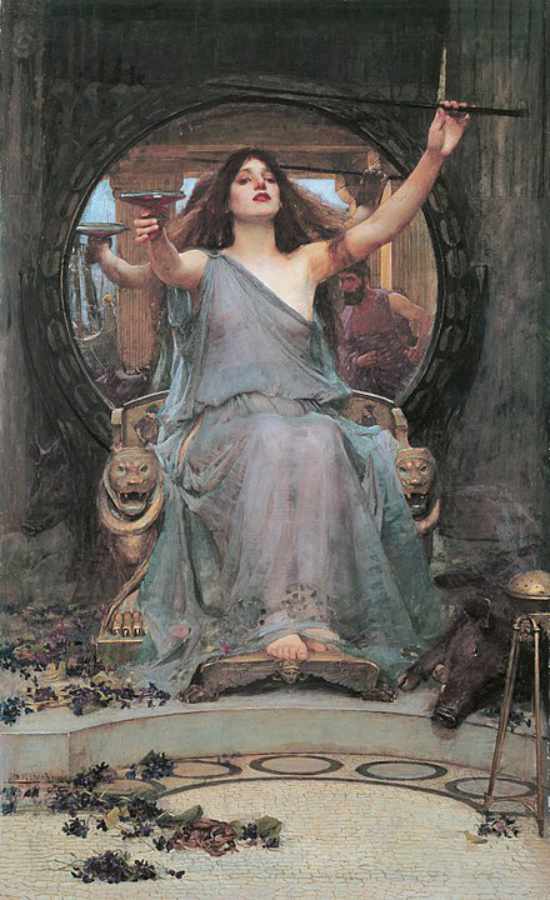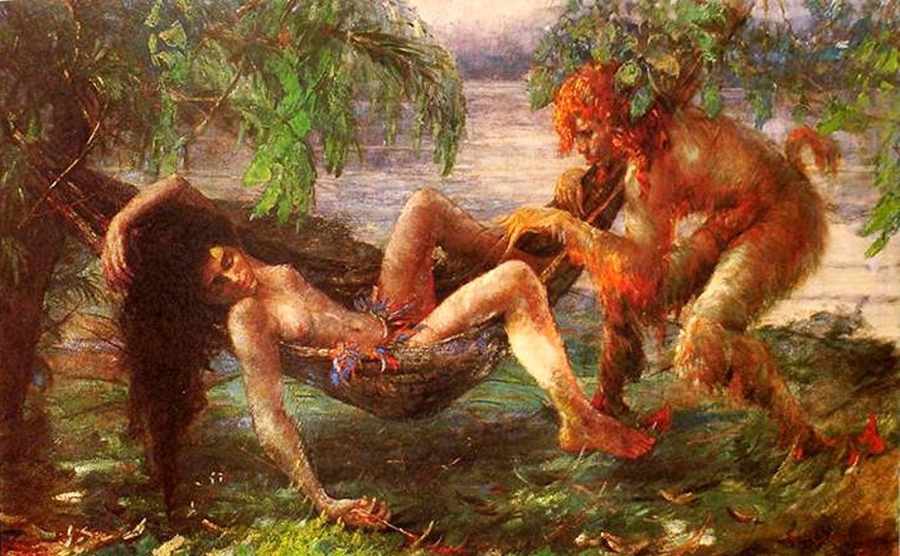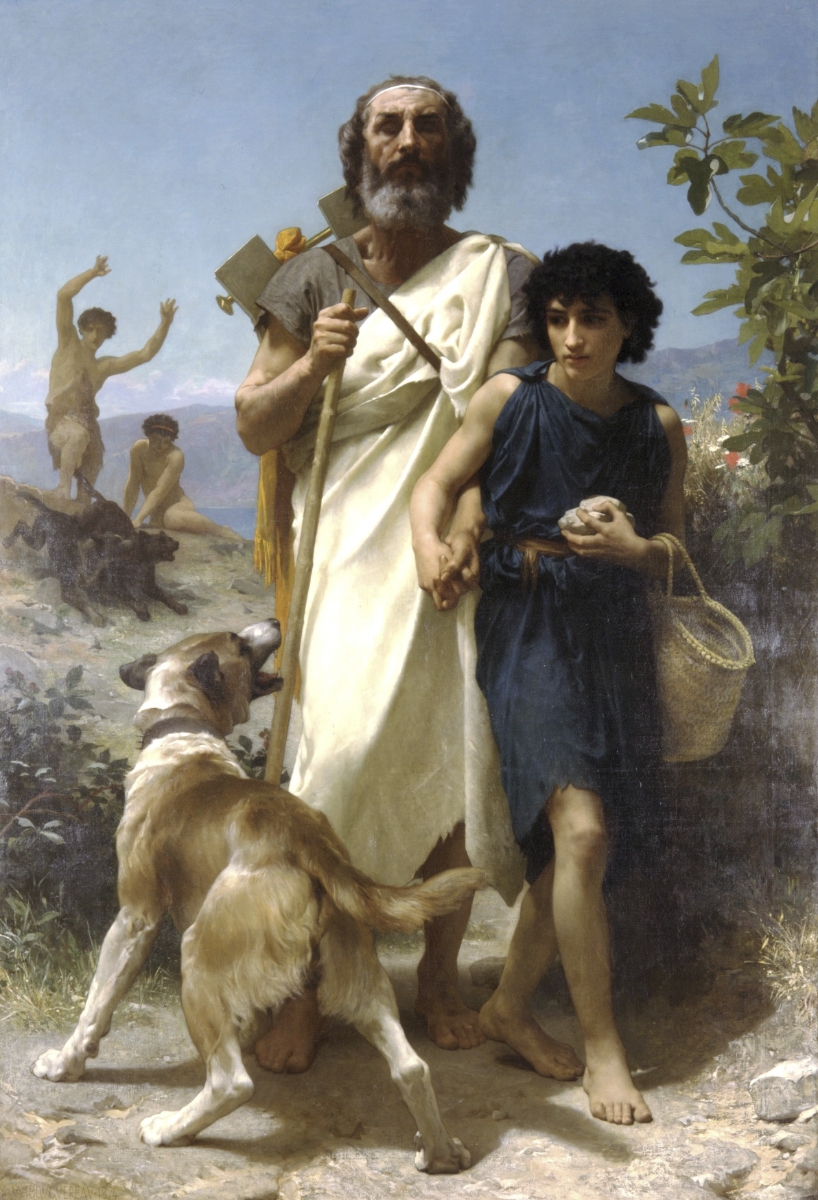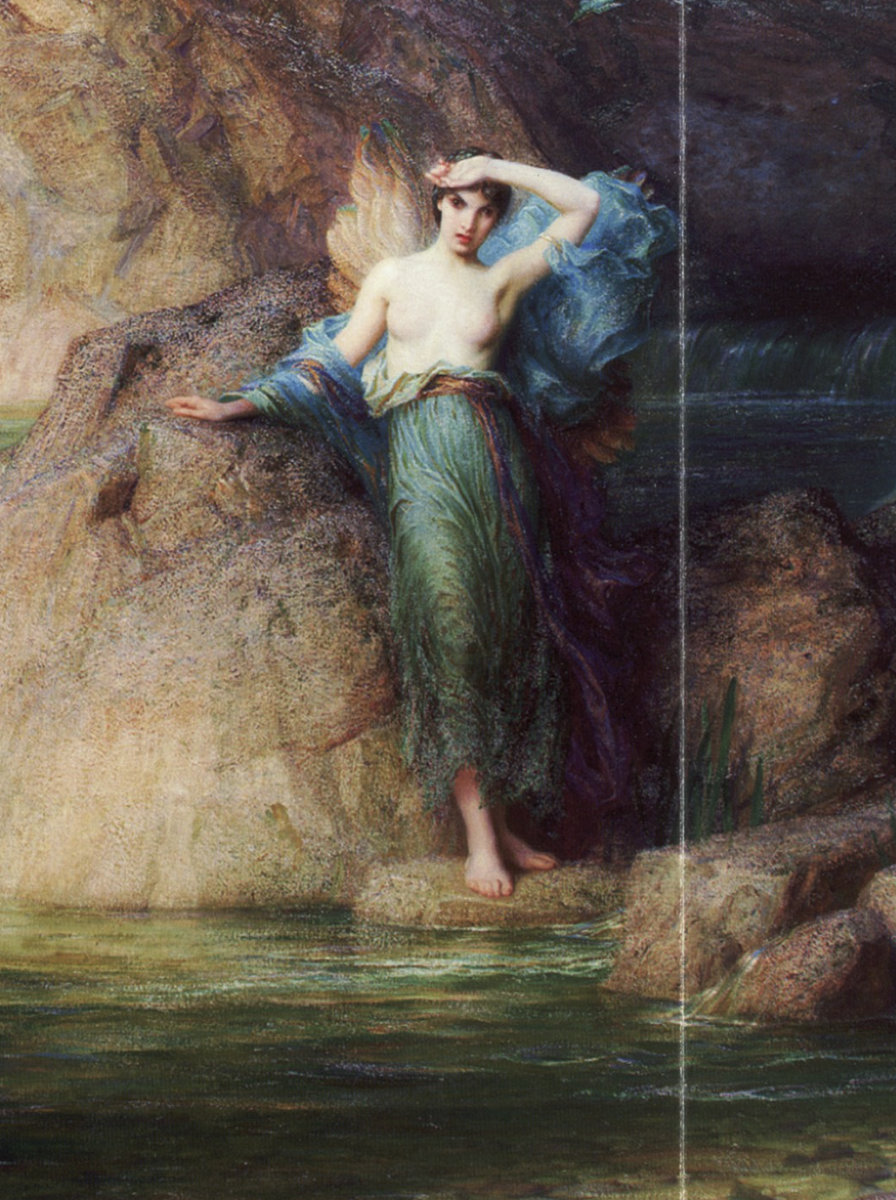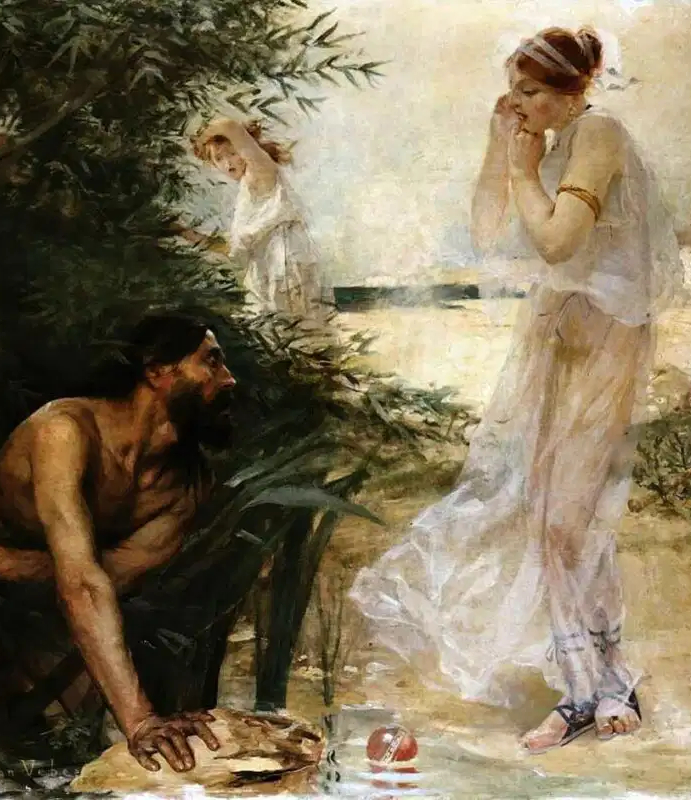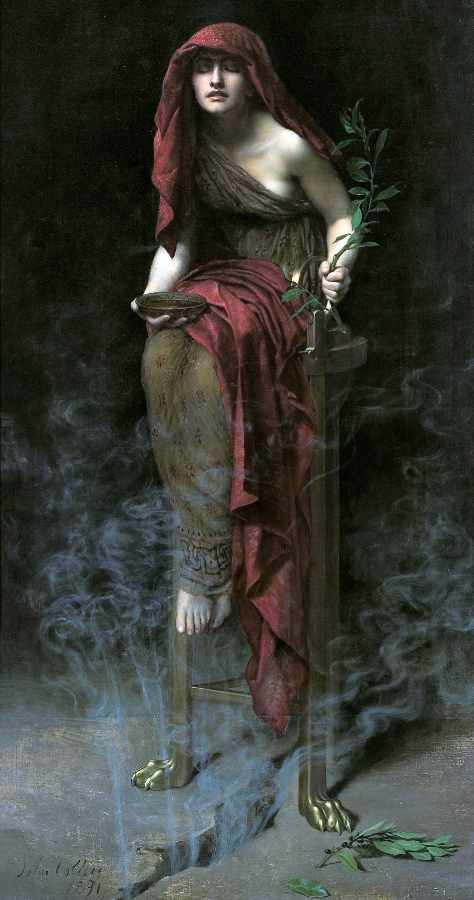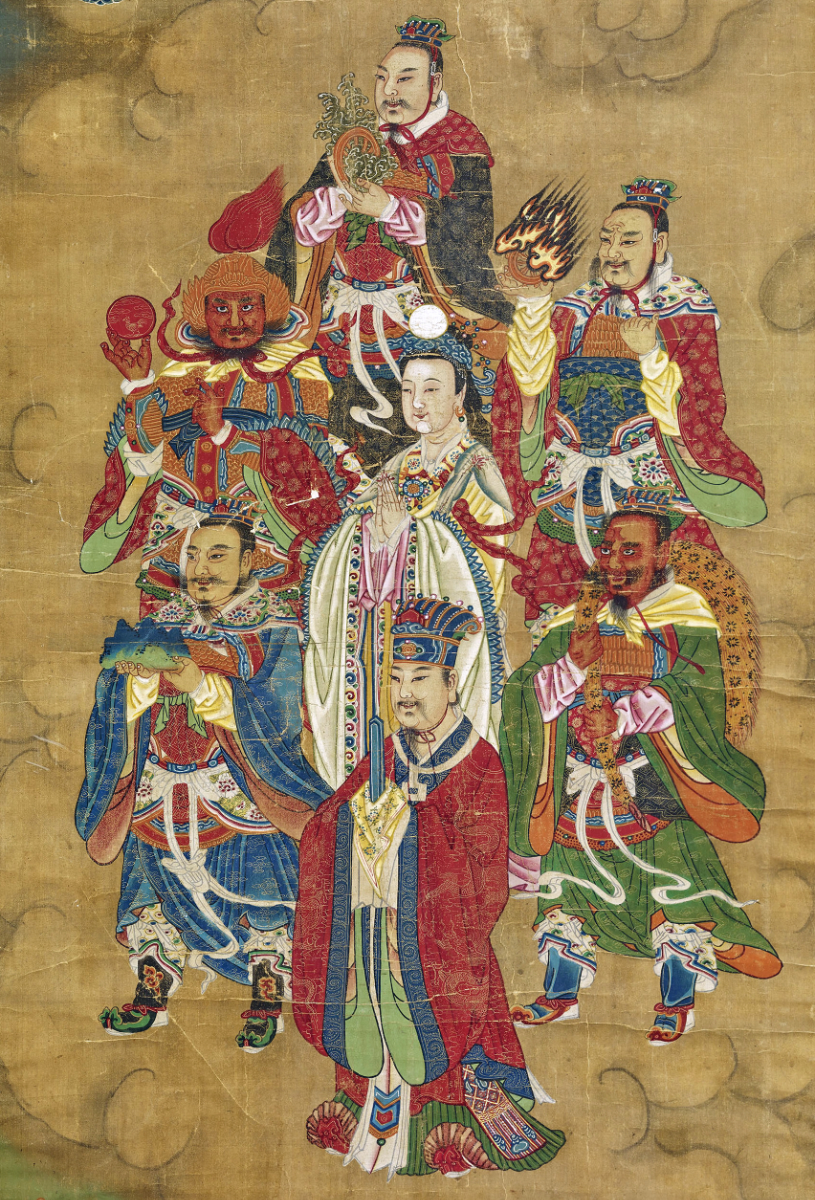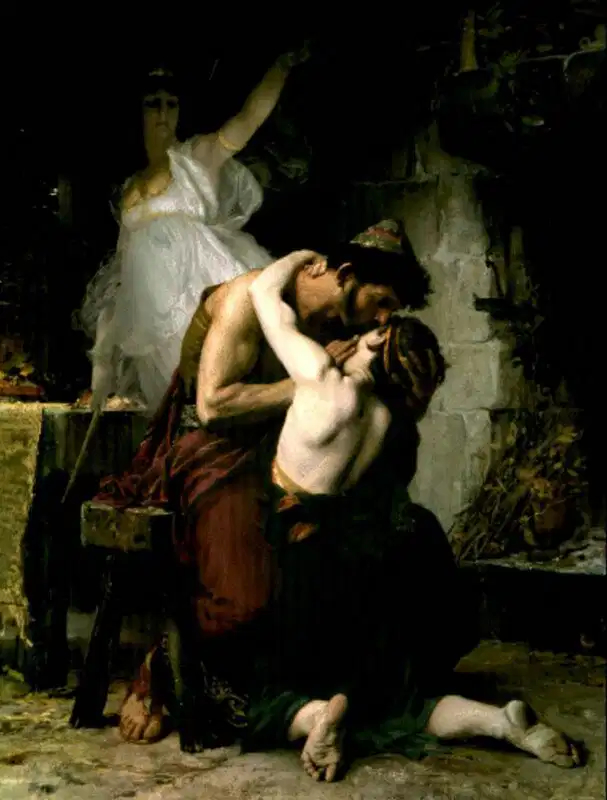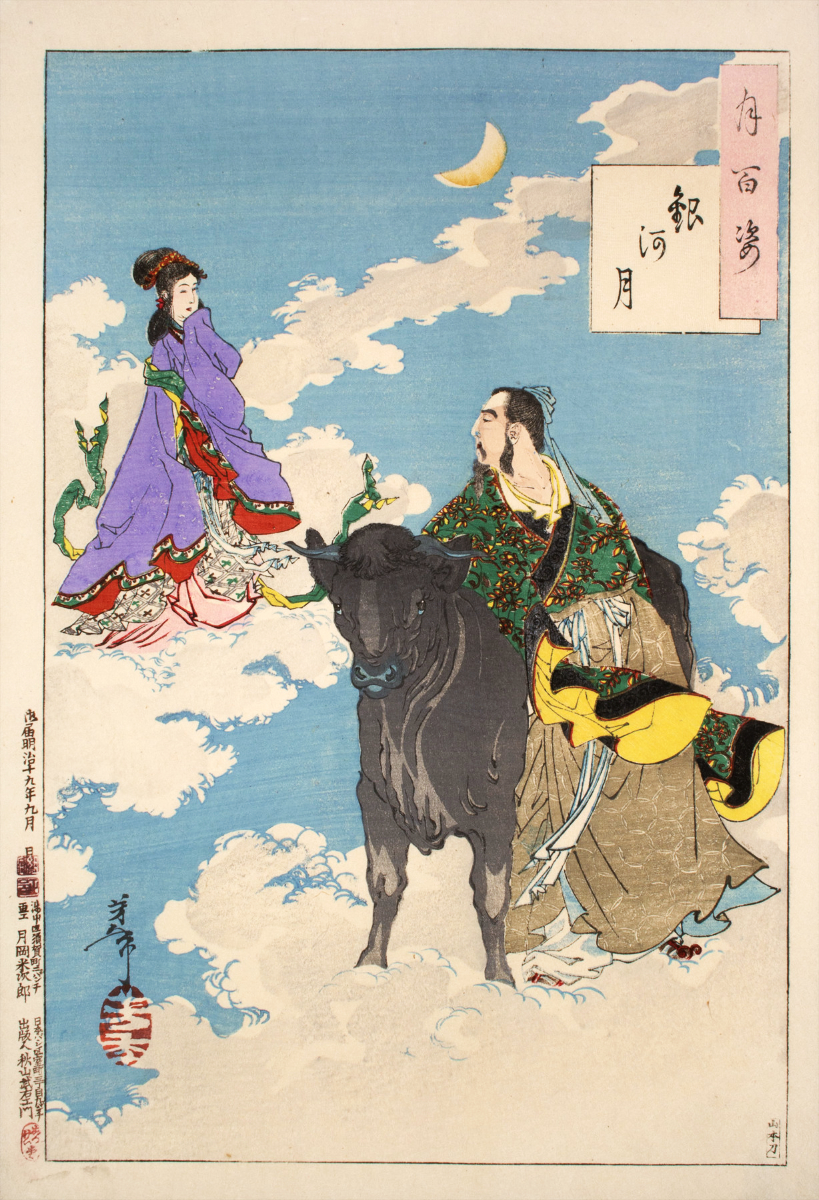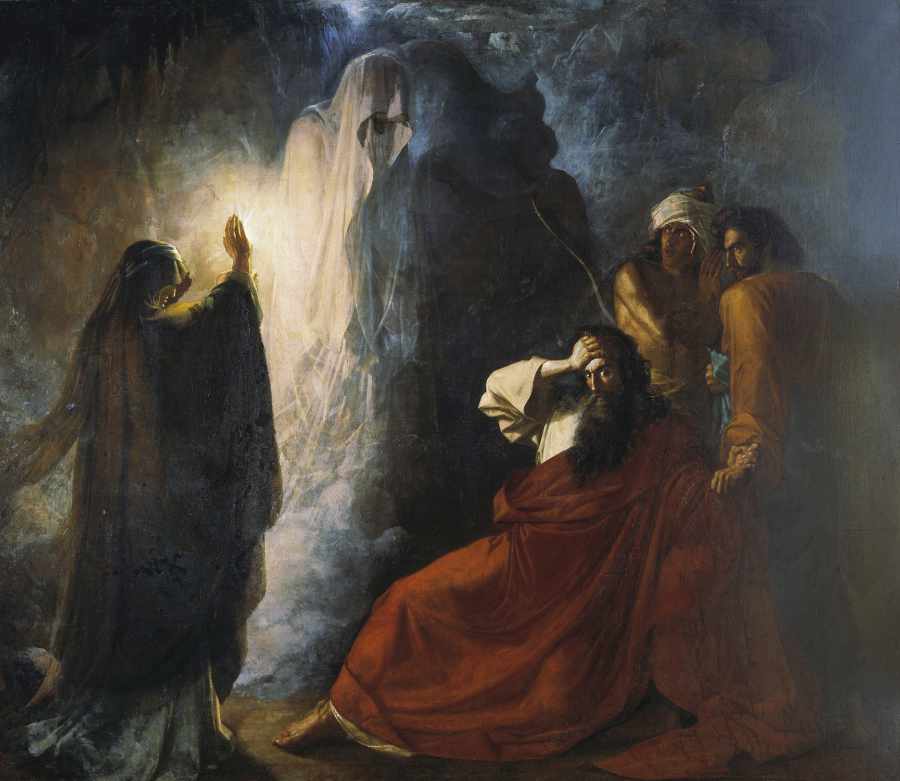| Era Iron Age (1200 BCE – 550 BCE) |
| Alternative Names Iron Age |
| Total Entries 13 |
| Articles Iron Age – Wikipedia Old Testament – Wikipedia Ulster Cycle – Wikipedia |
| Description Of the 3879 Eidolon Station entries, only 13 represent stories that take place during this transitional period. While figures like Telemachus, Nausicaa, and Demodocus continue the Heroic Age themes of warriors and gods, and Near Eastern narratives such as the Egyptian Tale of Two Brothers or later versions of the Epic of Gilgamesh show parallel mythic traditions, heroes remembered in later Celtic cycles, such as Cú Chulainn, blend myth with a more recognizably human, historical setting. In this time, literacy was not yet common. While the means existed to share stories (via papyrus and parchment), only elite circles saw them, while most still experienced stories orally. However, the orally-composed Homeric epics, traditionally attributed to Homer (who may not have been a real person but, if so, likely lived around 750–700 BCE), were first set down in writing in this period. But it wasn’t until Classical Antiquity when bookrolls were copied and sold, and book dealers (bibliopolae) and publishing networks emerged. The Iron Age marks this transition from oral to literate culture.
The Iron Age (c. 1200 – c. 550 BC) is the final epoch of the three historical Metal Ages, after the Chalcolithic and Bronze Age. It has also been considered as the final age of the three-age division starting with prehistory (before recorded history) and progressing to protohistory (before written history). In this usage, it is preceded by the Stone Age and Bronze Age. The three-age system of Stone, Bronze, and Iron Ages was first used for the archaeology of Europe during the first half of the 19th century; by the latter half of the 19th century, it had been extended to the archaeology of the ancient Near East. Its name harks back to the mythological “Ages of Man” of Hesiod. ~ Iron Age – Wikipedia
|




